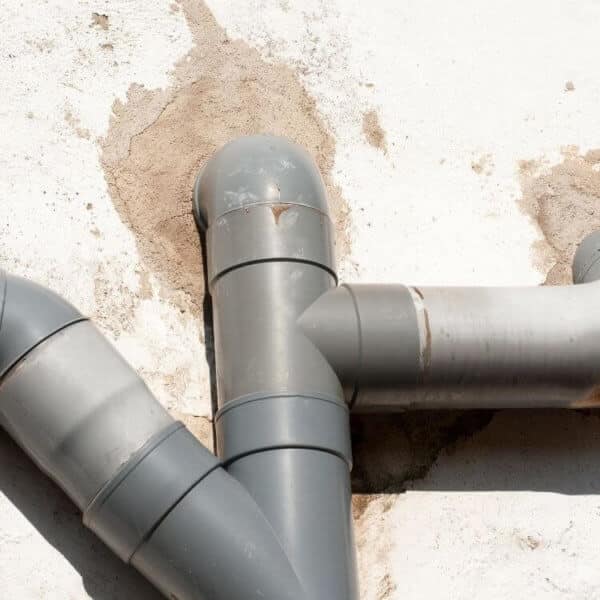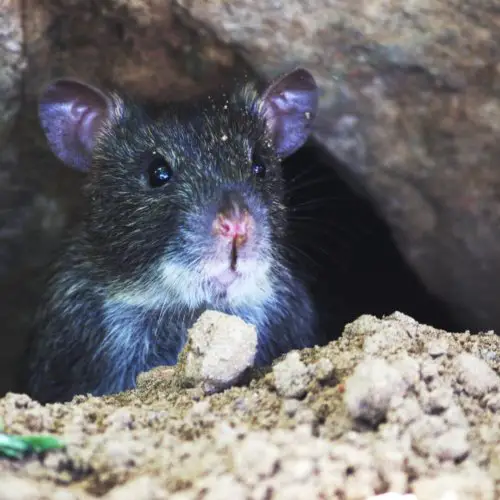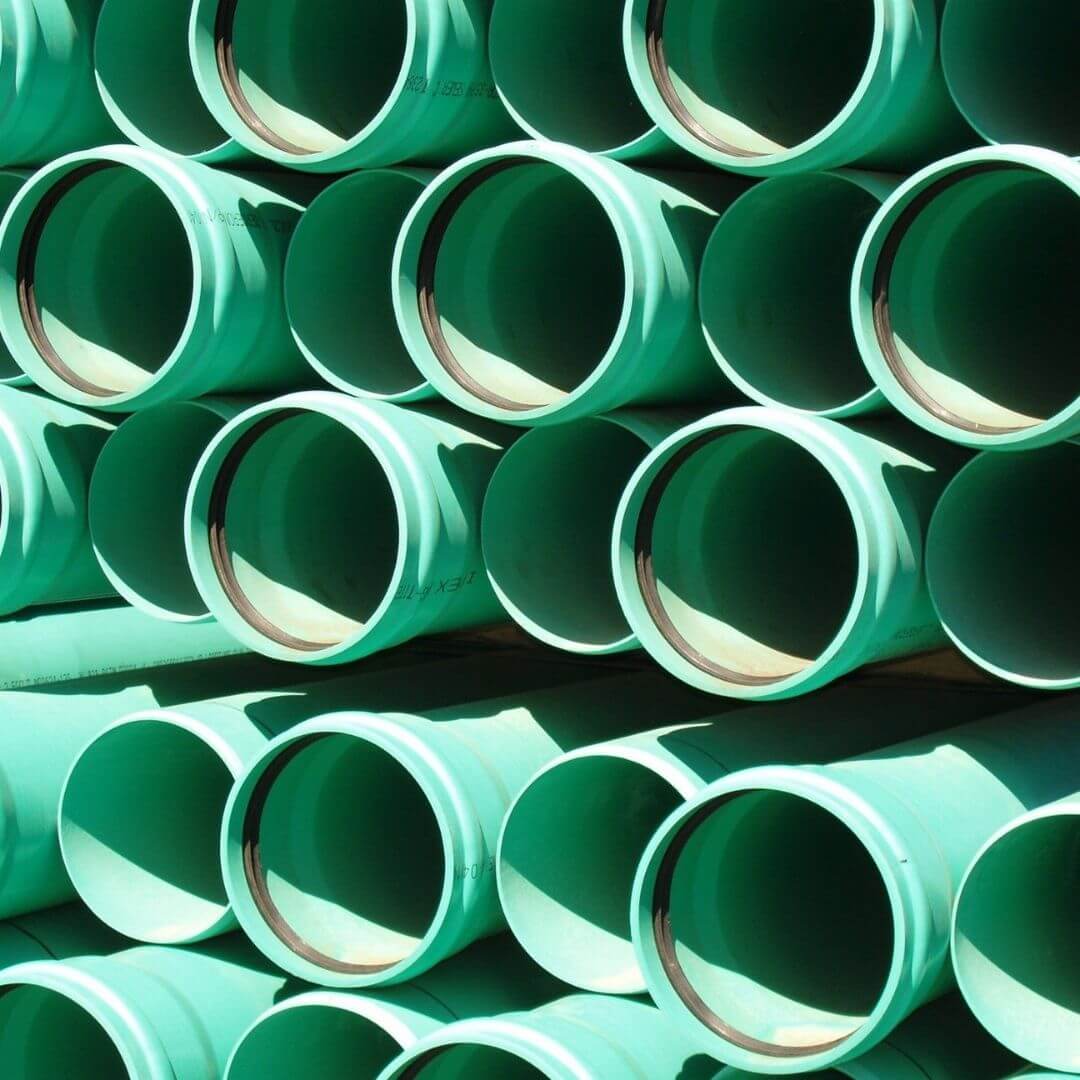Rat infestation can cause major damages to any household. This blog explains how to stop rats climbing drain pipes and get rid of vermins once and for all.
How to Stop Rats Climbing Drain Pipes?

Rats – those huge, horrific, germ and disease-spreading animals are typically no more than 6 ft away from us! Yes, it could actually be one of these is much closer to you than you thought! Dr. Stephen Battersby made this statement in one of his interviews in the 1990s.
He also claimed there were around 10 million rats living in the homes and sewage systems around the world. In 2014, Dr. David Cowan estimated that there were up to 1.5 million rats living in or around sewage systems in the UK alone. Now, that’s a scary fact![1]
Rats can invade your property in multiple ways – under the flooring, through holes in the walls, and your drainage system. Rats can climb up pipes when looking for shelter, water, or food and possibly can end up in your toilet. If you want to prevent rat infestation, stick around and learn how to stop rats climbing drain pipes.
Can Rats Really Climb Drain Pipes?

Yes, rats can really climb drain pipes. All rodents, including rats, are great climbers. If you take a closer look, you’ll see rats all around the urban piping. They don’t climb pipes only but gutters, vertical walls, and trees as well. Remember Master Splinter? Then you already have an idea that rats can have supreme skills. However, some rat species such as the roof rat [2] or the Norway rat surpass regular rats and have even greater climbing capabilities. [2]
Why Are Rats Such Good Climbers?
Rats have such anatomy (pads with “fingers” and claws) that helps them climb anywhere and gives them a solid grip. These few anatomical advantages help rats attach to any horizontal and vertical surface and easily maintain stability and balance.
It takes a single jump for a rat to reach a height of 3 feet, vertically. Horizontally, they can reach up to 4 feet in a single jump. That means rats can climb roofs in several seconds. And, even if a rat falls from the height of around 50 feet, chances are, it will survive the fall.
Not only rats are fascinating climbers but swimmers as well. Don’t be surprised if you find a rat in your toilet bowl. Rats can hold their breath underwater for 3 minutes straight and might hide in your toilet bowl in case they sense danger.
How Do Rats Get In Drain Pipes?

As we already mentioned, rats are looking for a secure and warm place, ideally a place that provides an unlimited supply of water and food. A broken drain pipe is a way to go for most rats because it shows them the way to all this.
However, even if there are no cracked entry points, rats can easily climb drain pipes for the obvious reasons we talked about in the previous section. On the other hand, most sewage systems are left unprotected by local authorities, or improperly maintained, or simply old-fashioned, which clears the way for rats to pass by.
Surefire Signs You Have Rats in Your Drain Pipes
Rats can squeeze into the tiniest cracks, easily reach your drains pipes, and, ultimately your toilet. What are the surefire signs that rats have invaded your drain pipes and premises?
- You can find chewed plastic, toilet paper, and cables around the bathroom (possibly around other premises as well),
- Your bathroom smells like a dead animal,
- You notice new holes in walls almost every day,
- You can clearly hear scratching noises,
- You have come across rats in some of your premises multiple times.
How to Stop Rats Climbing Drain Pipes Once and For All
If there is no doubt rats have already entered your household and you are dreaming of a rat-proof toilet, take one of the following steps to get rid of vermins:
1. Flush the Toilet
Probably the first thing that would cross your mind if you saw a rat down there, in your toilet bowl, would be to flush the animal down and close the lid. However, rats can swim pretty well and hold their breath underwater, as we already mentioned, meaning – the flushing method won’t help much. Doing so will just get the animal back to the sewer system. Sooner or later, the rat will come back up.
One of the most drastic measures you can take is to pour some bleach down the toilet bowl. This could suffocate the rat as well as stubborn tree roots. Just imagine this – there will be a dead animal in your drain pipe, and it will stink. The dead animal can clog your drainage and you would have to contact a pest controller to take it out, which is a too complicated job you’ll agree.
2. Seal Your Drainage
If your drainage pipework is damaged in any way, you should seal those cracks and holes to prevent rats from entering the system. Still, inspecting the whole pipework could be a bit challenging, and you’d have to call a plumber to help you out with this task.
3. Use Rat Guards for Drain Pipes
Rat guards for drain pipes come in several shapes and sizes. Most of the time, you should install a rat blocker for drains in the vertical discharge pipe. This blocker will prevent rats from entering your bathroom. Other than that, you can use metal grids, plastic drainpipe covers, or inner finned pipes to protect the drainage stack.
4. Install Rat Cages
Rat cages are cost-effective and highly efficient solutions for eliminating rats from your toilet. These cages usually connect to the discharge stack and close the passage through which the animals used to enter your bathroom.
5. Install Rat Flap Blockers
Rat flap blockers are specifically designed rat blockers for drains. Practically, these units are one-way valves that ensure the unobstructed water and wastage flow within the pipe while also making it impossible for rats to open them from the opposite side.
Rat flap blockers are best-suited for PVC, clay, and iron drainage systems. This unit can be placed anywhere between the sewage and your household.
6. Other Solutions
Using fire sprinklers, shotguns, and poisons is the most extreme method to stop rats climbing drain pipes. We wouldn’t recommend any aggressive method while knowing there are other, non-aggressive solutions, such as rat guards for drain pipes, on the market.
Tip: Keep in mind that you should take care of your property and take necessary actions to eliminate rats from your premises. However, if you are just renting, it’s the landlord who should deal with this problem.
How to Make Your Home Less Appealing to Rats

In order to stop rats climbing drain pipes, you should make sure nothing interesting to them (food and water) is easily accessible and block all the passages they might be using.
- Seal all the gaps around your property rats can invade,
- Do not leave garbage trash bags open/use bins with a close cap,
- Do not pour grease, fat, waste, or oil down your toilet bowl,
- Get rid of any clutter around your home and garden,
- Do not leave your pets’ food out for too long,
- Throw away any leftover foods that you don’t plan to leave in the fridge.
- Put Oil Pellets around
Read Also: Putting Dead Animals in Septic Tanks
Summary
Now that there’s no doubt about whether rats can climb your drain pipes or not, you know you should take certain steps in order to block their ways. If you haven’t seen rats in your toilet, you might still want to take the precations we listed in the article. And if you’ve seen them, use rat guards for drain pipes or contact pest control or a professional plumber to help you with preventing them from invading your home.

Michael Davis is a heating & plumbing expert who currently works as independent contractor in SC. He also writes for Plumbertip.
For almost 10 years he worked on various plumbing tasks across South Carolina.



